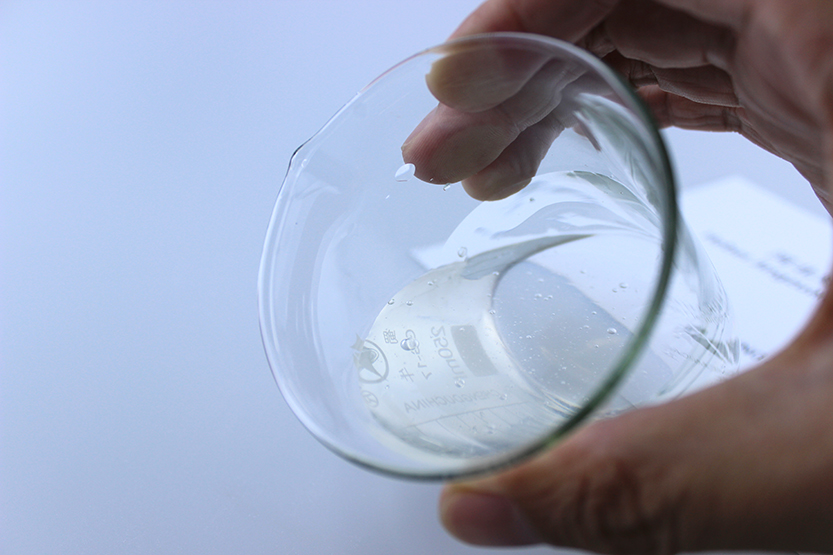
Nov . 12, 2024 17:50 Back to list
hydroxyethyl cellulose viscosity concentration
The Role of Hydroxyethyl Cellulose Viscosity in Various Concentrations
Hydroxyethyl cellulose (HEC) is a widely used synthetic polymer derived from cellulose, a naturally occurring polymer found in plant cell walls. HEC is known for its ability to modify viscosity in solutions, making it an essential ingredient in various industrial, medical, and cosmetic applications. Understanding the relationship between the viscosity of HEC and its concentration is crucial for optimizing its performance in these applications.
What is Hydroxyethyl Cellulose?
Hydroxyethyl cellulose is a non-ionic, water-soluble polymer that is synthesized by the etherification of cellulose. Its structure features hydroxyethyl groups that increase the solubility of cellulose in water, allowing it to form viscous solutions. HEC is highly valued for its rheological properties and is used as a thickener, binder, and film-forming agent.
Viscosity and Concentration Relationship
The viscosity of hydroxyethyl cellulose solutions is significantly influenced by the concentration of HEC in the solution. As the concentration increases, the viscosity tends to increase as well. This relationship can be attributed to the interactions between the HEC molecules and the solvent (usually water). At lower concentrations, the HEC molecules are more dispersed, and their movement through the solution is less hindered, resulting in lower viscosity. However, as concentration increases, the polymer chains begin to entangle, leading to increased resistance to flow and thus higher viscosity.
The viscosity of HEC solutions can be affected by several factors
1. Molecular Weight The viscosity of HEC is also dependent on its molecular weight. Higher molecular weight HEC results in increased viscosity at any given concentration due to a greater number of entanglements among the polymer chains. Therefore, selecting the appropriate molecular weight for a specific application is vital.
2. Temperature Temperature can also influence the viscosity of HEC solutions. Generally, as the temperature increases, the viscosity decreases. This is due to the higher kinetic energy of the molecules, which reduces the interaction and entanglement among the HEC chains.
hydroxyethyl cellulose viscosity concentration

3. pH and Ionic Strength The viscosity of HEC solutions can vary with changes in pH and ionic strength. HEC is stable across a wide range of pH levels; however, at extreme pH values, the viscosity may decrease due to changes in the solubility and ionization of functional groups.
Applications of Hydroxyethyl Cellulose Based on Viscosity
The viscosity of hydroxyethyl cellulose is a critical parameter in its various applications
- Construction Industry In cement and plaster formulations, HEC is used to improve workability and water retention. The viscosity needs to be carefully controlled to ensure that the materials can be easily applied while maintaining good adhesion and stability.
- Pharmaceuticals HEC is utilized in drug formulations as a thickening agent and stabilizer. The viscosity of HEC must be optimized to ensure that it provides the desired release profile for active pharmaceutical ingredients.
- Cosmetics In cosmetic products such as lotions and gels, HEC acts as a thickener and emulsifier. The viscosity of the final product is vital for the sensory experience of consumers, affecting factors such as spreadability and stability.
- Food Industry HEC is used in various food applications as a thickening agent, stabilizer, and emulsifier. The viscosity at different concentrations must be tailored to achieve the desired texture and mouthfeel in food products.
Conclusion
Understanding the relationship between hydroxyethyl cellulose viscosity and concentration is essential in many industries. By considering factors such as molecular weight, temperature, and environmental conditions, manufacturers can tailor HEC solutions to meet specific performance criteria. This versatility contributes to the wide adoption of HEC in building materials, pharmaceuticals, cosmetics, and food products, making it an indispensable ingredient in formulating products with the desired rheological properties. As research advances, the applications and formulations of hydroxyethyl cellulose will continue to evolve, further enhancing its utility across multiple sectors.
-
tile-bonding-additives-for-stronger-bonds
NewsAug.22,2025
-
construction-grade-rdp-for-wholesale-needs
NewsAug.22,2025
-
trusted-wholesale-hec-partners
NewsAug.22,2025
-
hec-solutions-for-industrial-excellence
NewsAug.22,2025
-
construction-additives-need-hpmc-essentials
NewsAug.22,2025
-
hpmc-versatile-cellulose-ether-for-industries
NewsAug.22,2025







